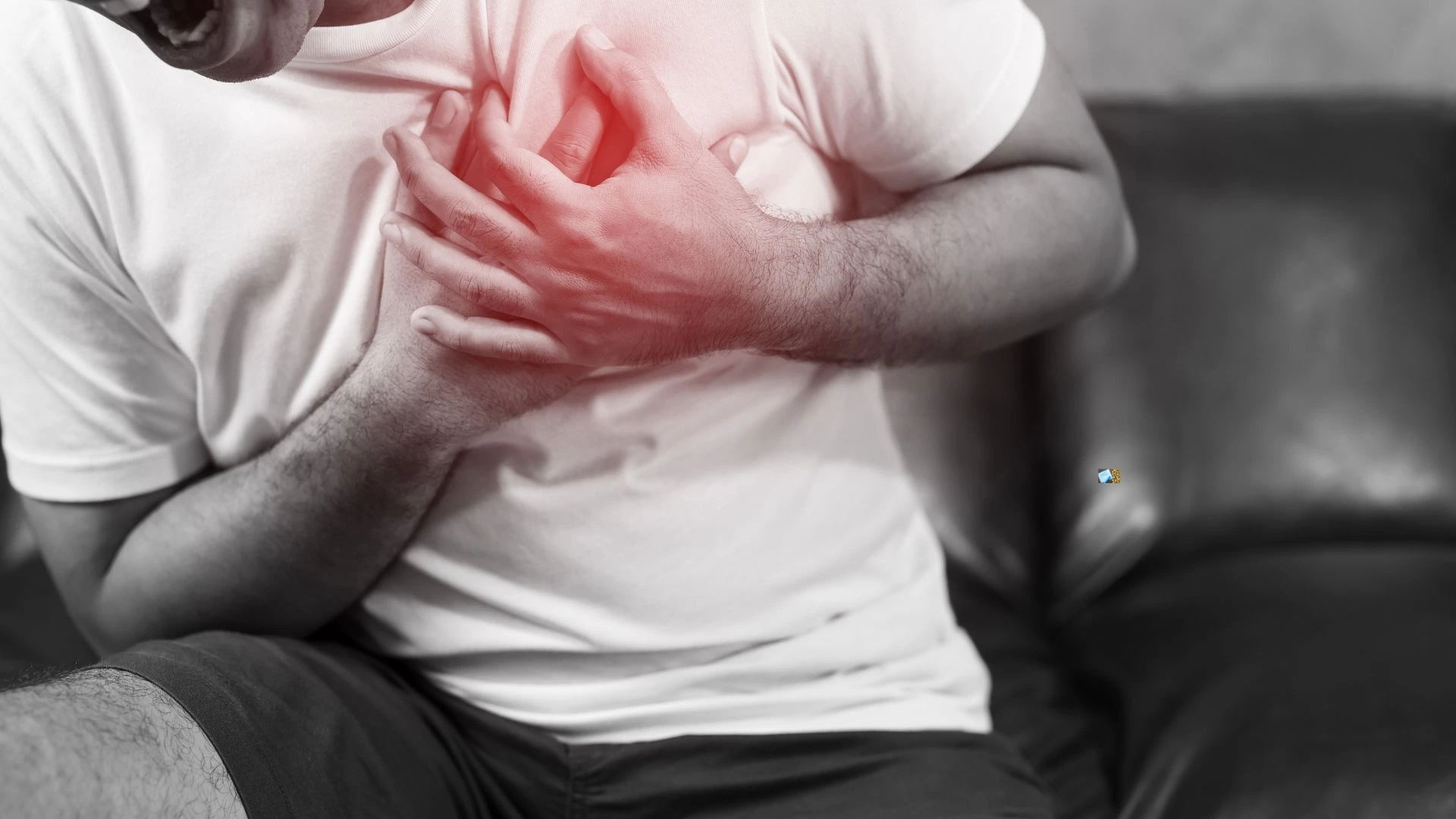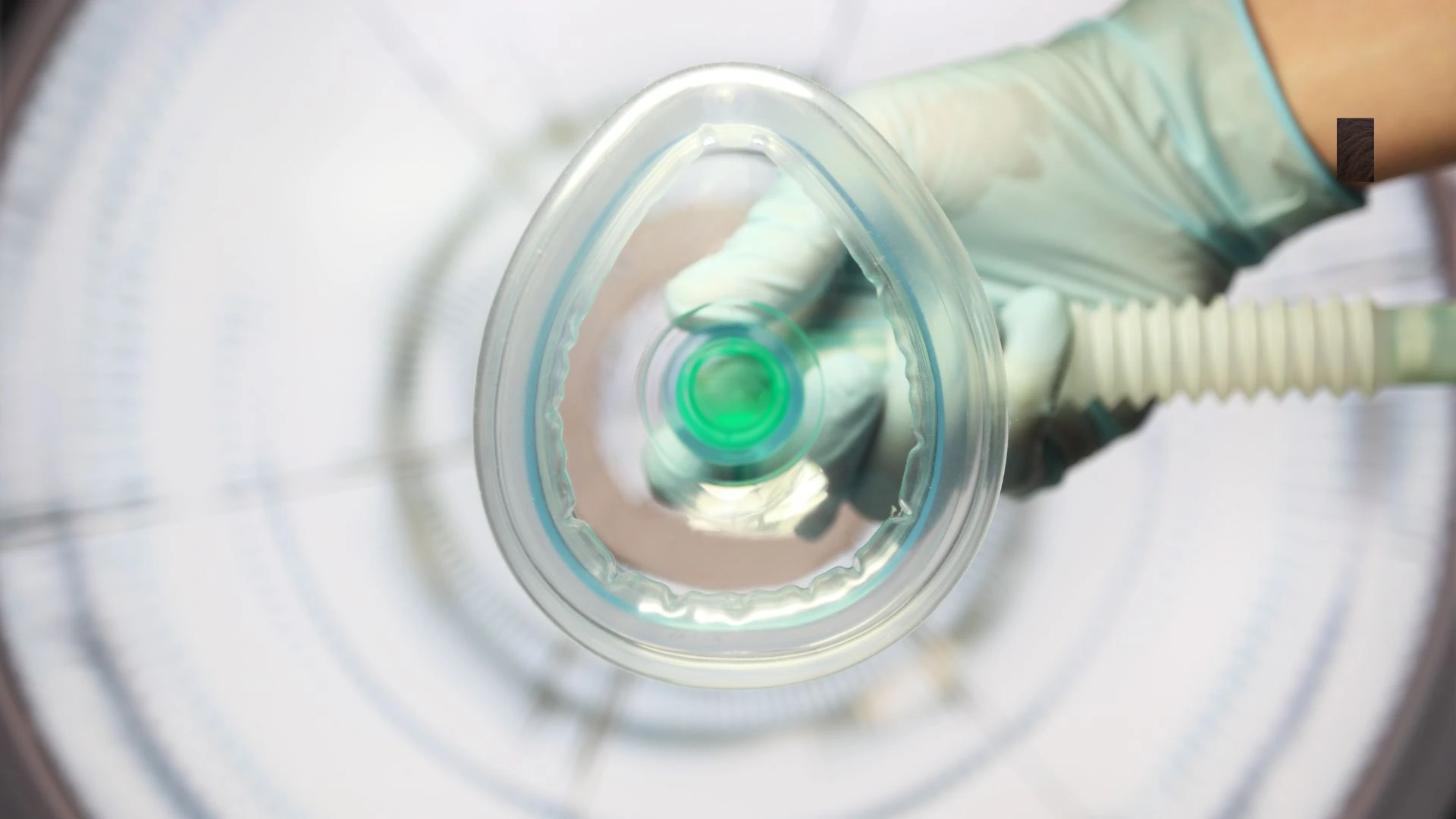Heart disease is a term that describes a variety of conditions that affect the structure and function of the heart, and it is the leading cause of death in the United States. One of the most common types of heart disease is coronary heart disease, also known as coronary artery disease or ischemic heart disease. This is known to occur when the arteries that lead blood to the heart cannot allow enough oxygenated blood in, commonly resulting from cholesterol plaque buildup. The Centers for Disease Control and Prevention report that some 20.5 million adults living in the United States suffer from coronary artery disease. It is therefore the leading type of heart disease in America.
Coronary heart disease affects the outer surface of the heart including larger coronary arteries. In contrast, another type, termed as coronary microvascular disease influences tiny arteries inside the muscular mass of the heart, is more common in females.
There are many causes of coronary heart disease. For coronary artery disease, cholesterol buildup in the arteries forms plaque that may block blood flow to the heart. Coronary microvascular disease occurs when the small blood vessels in the heart get damaged. Fortunately, coronary heart disease is often preventable through a healthy lifestyle and medications.
Symptoms vary from person to person. Most patients with coronary heart disease do not exhibit symptoms until they experience chest pain, a heart attack, or even cardiac arrest in which the heart stops pumping blood. Treatment for the disease includes lifestyle changes, medications, surgery, or a combination of these if diagnosed.
Symptoms of coronary heart disease (CHD)
CHD presents various symptoms, with chest pain, shortness of breath, pain elsewhere in the body, faintness, and nausea among the most common. No two patients suffering from CHD may be experiencing the same symptoms, nor are there people who do not present with symptoms until later when the disease has already advanced.
Chest pain (angina): This is the most classic symptom of CHD. It is experienced when the heart is not receiving sufficient oxygen-rich blood, creating an aching or tight sensation in the chest. The pain may occur on and off and is commonly induced by exertion or stress. Angina may be mild discomfort or very painful.
Shortness of breath: Because CHD continues to advance, the heart cannot pump well, so the body does not have enough oxygen supply. Breathlessness could therefore be experienced during physical activity, or even at rest when the disease is more serious.
Pain in your neck, shoulders, jaw, or arms: CHD can cause referred pain, meaning pain is felt in areas other than the heart. This type of pain can radiate to the neck, shoulders, jaw, or arms, particularly the left arm, and can be a sign that the heart is not getting enough blood.
Feeling dizzy: Reduced blood flow caused by CHD can cause dizziness or lightheadedness, making a person feel faint or not steady.
Feeling sick (nausea): Some people with CHD experience nausea, especially when the heart is not able to function properly. Often, this symptom is often overlooked, but it might be a sign of some heart problem.
It is imperative to note that not everybody with CHD will go through all these symptoms; some may not experience at all, which is the reason why regular check-ups are recommended to detect early.
Causes of coronary heart disease (CHD)
Coronary heart disease is a condition in which the blood supply to the heart is reduced or entirely blocked by a buildup of fatty substances in the coronary arteries. This blockage could lead to serious heart conditions, including heart attacks.
The major cause of CHD is the process called atherosclerosis. Atherosclerosis occurs when fatty deposits collect along the walls of arteries and thereby make the arterial walls thickened and narrowed, forming what is termed an atheroma. When the deposits collect over time, they limit the blood flow, causing the heart not to receive adequate oxygen-rich blood for proper function.
Several lifestyle factors contribute to its development. For instance, smoking damages the blood vessel, which makes it susceptible to easy accumulation of these fatty deposits. Similarly, drinking too much alcohol constantly raises blood pressure and fosters unhealthy cholesterol levels to increase the risk of atherosclerosis.
Other medical conditions increase the chances of developing CHD. High cholesterol helps create fatty deposits in arteries, and high blood pressure (hypertension) can damage the walls of an artery, making it easier for plaque to accumulate. Another major risk factor is diabetes; high blood sugar levels contribute to the development of atherosclerosis.
Managing risk factors through lifestyle changes, medication, and regular check-ups with a physician can also reduce the chances of suffering from coronary heart disease.
Diagnosing coronary heart disease (CHD)
The doctor will start by doing a risk assessment when he suspects that you may be at risk of coronary heart disease (CHD). This would be through a discussion of your medical and family history, inquiring about your lifestyle, and conducting a blood test to check for risk factors such as high cholesterol or diabetes.
If the risk assessment indicates that CHD is possible, further diagnostic tests may be required to confirm the condition:
Electrocardiogram (ECG): It is used to measure the electrical activity of your heart. It may pick up some abnormalities in the heart rhythm and damage to the muscle tissue, which may sometimes be associated with CHD.
Echocardiogram: This is the use of sound waves in creating images. It may help doctors see the heart and its structures as well as its functions, like valves and pumping efficiency.
Chest X-ray: A chest X-ray will provide images of your heart and your lungs. It may determine whether your heart is enlarged and if fluid is accumulated within the space around your heart – possible indicators of heart disease.
Coronary Angiogram: This is one specialized test of imaging; dye will be injected to the coronary arteries, through this test doctors can have any narrowings or blocks obstructing the blood flowing into the heart.
So using these tests together will enable doctors to accurately determine what is coronary heart disease and which treatment shall apply so that the patients get maximum management and reduce all risk factors associated with coronary heart disease.
Treating coronary heart disease (CHD)
Coronary heart disease cannot be cured, but treatments are available to help manage symptoms and reduce the risk of severe complications such as heart attacks. Treatment options usually involve:
Lifestyle Changes: Lifestyle changes are one of the most effective ways to manage CHD. This includes:
Regular exercise: Physical activity helps improve heart health by strengthening the heart, lowering blood pressure, and reducing cholesterol levels.
Quit smoking: Smoking is a major risk factor for CHD, and quitting the habit can significantly reduce further damage to the heart and blood vessels.
Healthy diet: A heart-healthy diet rich in fruits, vegetables, whole grains, and lean proteins can control cholesterol levels and reduce inflammation in the arteries.
Medications: Physicians often prescribe medications to treat CHD. These can include:
Statins: This is a medication for lowering cholesterol.
- Blood pressure medications to control hypertension
- Antiplatelet drugs, like aspirin, to inhibit blood clots
- Beta-blockers to decrease the heart’s workload and avoid angina pain
Angioplasty: If the coronary arteries have been narrowed or blocked, an angioplasty can be performed. The procedure involves inserting a balloon into the artery, then inflating it to stretch the artery open to restore blood flow. Usually, a stent-a tiny mesh tube-is left in the artery to keep it open.
Surgery: This includes some of the following surgical procedures like CABG, which is known as coronary artery bypass grafting. This involves the utilization of healthy arteries or veins from other parts of the body to bypass the blocked arteries that supply blood to the heart so that blood flow improves.
Overall, these treatments may help CHD patients reduce symptoms and minimize the danger of heart attacks, giving them a quality life thereafter.
Recovering from the effects of coronary heart disease (CHD)
Recovering from coronary heart disease (CHD), which has caused either a heart attack, angioplasty, or surgery on the heart, is very crucial in the management of this condition to improve one’s overall quality of life. It focuses on the process of recovery and healing-not just the body but also emotions and lifestyles.
Physical Rehabilitation After suffering a heart attack, or after undergoing angioplasty or heart surgery, the physical body needs time to be restored. This might entail a gradual return to any form of physical activity. Usually, it begins with low-impact exercises and then increases over time, depending on what the doctor has prescribed. Many cardiac rehabilitation programs mainly consist of well-structured exercise, education, and counseling to improve the rehabilitation of the heart.
Lifestyle Changes: The healing process also consists of making long-term lifestyle changes to prevent further damage to the heart. It involves diet-heart, smoking, reduction in excess intake of alcohol, stress management, regular physical activity, boosting circulation, and reducing cholesterol in the process of recovery and preventing another heart attack.
Emotional Support: Dealing with emotional stress associated with CHD is just as important as recovery from the medical process. Most people are anxious, depressed, or fearful after a heart event. Support groups, counseling, or talking to your healthcare provider about mental health can assist with these emotions.
Follow-up Care and Medications: An important part of taking good care of one’s heart is to make sure to follow up on your healthcare team and change medications if necessary. The aim may be to regulate cholesterol, and blood pressure, or prevent blood clots.
With the combination of physical rehabilitation, emotional support, and lifestyle changes, many individuals afflicted with coronary heart disease live active lives and lower the potential for future heart disorders.
Preventing coronary heart disease (CHD)
Coronary heart disease (CHD) can be prevented by changing a few simple but effective lifestyle modifications. These are not just heart-protective measures, but also contribute to improved health.
Eat a healthy, balanced diet. A diet high in fruits, vegetables, whole grains, lean proteins, and healthy fats helps to manage weight and cholesterol levels. Reduction in processed foods, sugary snacks, and unhealthy fats can reduce your risk for heart disease. A diet for heart health prevents the building of plaques within arteries, an important contributor to CHD.
Be Physically Active: Regular physical activity can include walking, cycling, or swimming and strengthen your heart, improve blood circulation, and help in managing body weight. It also lowers blood pressure and cholesterol levels. The target is at least 150 minutes of moderate-intensity activity each week.
Giving up cigarettes is one of the greatest causes of heart diseases. Smoking destroys blood vessels and increases blood pressure. As a result, smoking raises the level of oxygen that is present in the blood. Quitting cigarettes significantly reduces your risk of getting heart disease and enhances general health.
Control of Blood Cholesterol and Sugar Levels: High cholesterol and high blood sugar are major risk factors for CHD. Managing these levels through a healthy diet, medication, and regular check-ups can prevent the buildup of plaque in your arteries and reduce the risk of heart disease.
Not only will healthy habits protect your heart, but they will also reduce your risk of stroke and other conditions that could lead to dementia, which will generally improve your long-term health and quality of life.
The heart
The heart is a muscle about the size of your fist, and it pumps blood around your body to keep it alive. It beats approximately 70 times per minute, supplying blood to all parts of your body.
Circulation begins with the blood that is being circulated from the right side of the heart into the lungs. In the lungs, it acquires oxygen, which it needs to nourish the body tissues. Then the oxygen-rich blood goes back to the heart and pumps into the body’s arteries, distributing to all organs and muscles.
Once the blood completes its task of delivering oxygen and nutrients to body tissues, it returns into the heart through veins. The blood is then channeled back to lungs to release carbon dioxide to take in more oxygen by completing the cycle. Continuous flow of blood is also referred to as circulation.
In order to maintain the proper functioning of the heart itself, it has a specialized network of blood vessels on its surface called the coronary arteries, which supply the heart muscle with the oxygen and nutrients necessary to keep the heart pumping and blood circulating through the body.


